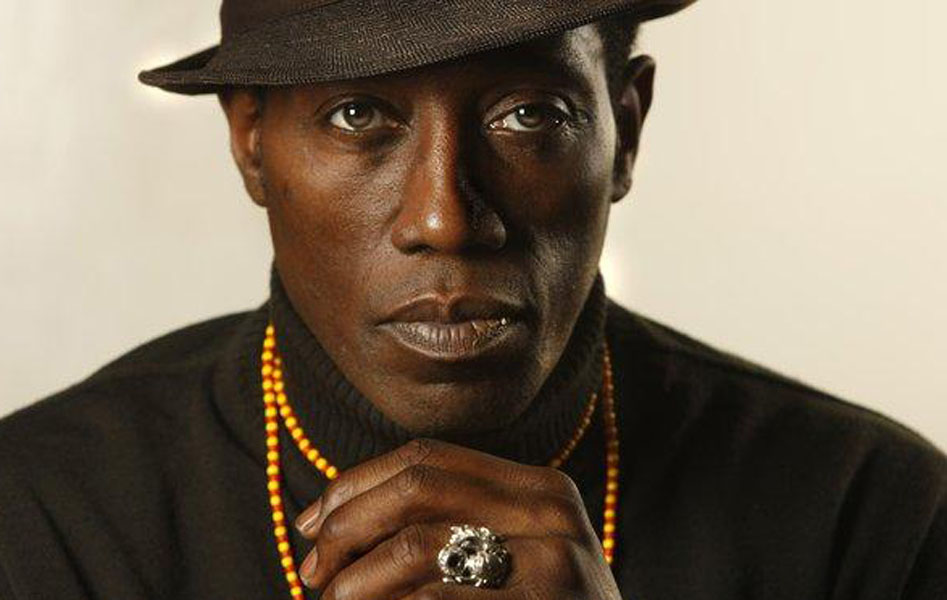Black Panther, the first Marvel Cinematic Universe movie with a black title character, has launched – at long last – in spectacular style. The film earned rave reviews, before doing gangbusters at the global box office. Sequel talk has already begun, and Chadwick Boseman’s T’Challa has cemented his place in the MCU, just in time for Wakanda to become a battleground in this summer’s humungous crossover event, Avengers: Infinity War.
However, this article isn’t about the Black Panther movie that you’ve recently seen and probably loved. Rather, this article is about the Black Panther movie you never got to see: the one that Wesley Snipes was trying to make back in the 1990s. To find out everything there is to know about this doomed project – this tantalising oddball of ‘oh what could have been’ – read on.
The origins of the project
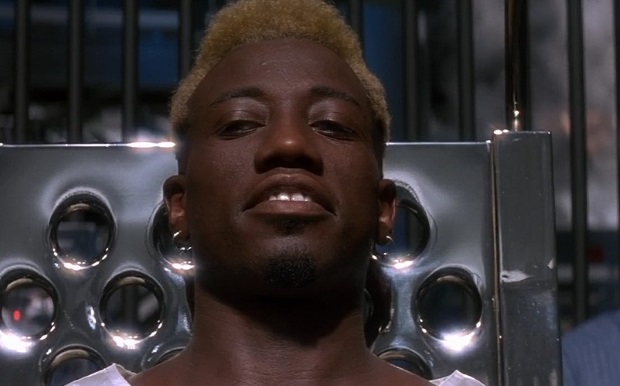
Wesley Snipes was a hot talent in Hollywood in the early 1990s. If you were old enough to be reading movie news back then, you may well remember that Snipes intended to star in a Black Panther movie as his next project after 1993’s Demolition Man. At this point in his carer, Snipes’ CV already featured such films as White Men Can’t Jump, Jungle Fever and New Jack City.
At the time, Marvel wasn’t doing particularly well at the movies. The George-Lucas-produced Howard The Duck had come out in 1986, and the Dolph Lundgren version of The Punisher had hit the screen in 1989 – neither would be remembered as a classic of the comic book movie subgenre.
You can imagine how excited the Marvel execs would’ve been, then, upon hearing that an upcoming star like Snipes wanted to star in a movie about one of their characters. All these years later, in an insightful interview with the Hollywood Reporter, Snipes has finally lifted the lid on his side of this story.
“I think Black Panther spoke to me because he was noble, and he was the antithesis of the stereotypes presented and portrayed about Africans, African history and the great kingdoms of Africa,” Snipes explained to THR, touching on the origins of his interest in this project.
“Many people don’t know that there were fantastic, glorious periods of African empires and African royalty — Mansa Musa and some of the wealthiest men in the world compared to the wealth of today,” Snipes added. “That was always very, very attractive. And I loved the idea of the advanced technology. I thought that was very forward thinking.”
The potential directors
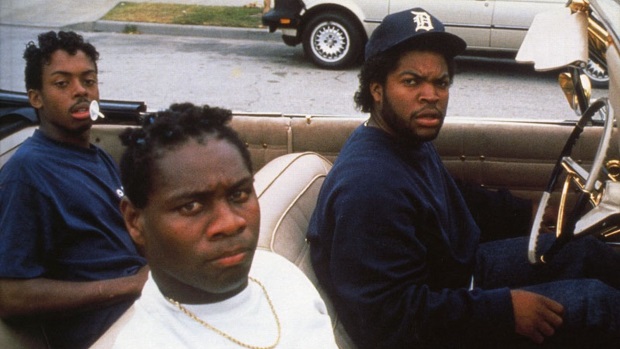
With the blessing of Marvel and Stan Lee, Snipes went looking for a writer and director for his Black Panther movie. “We went through three different scripts and a couple of different director options”, Snipes told THR. He also teased the fact that some “very interesting director options at the time” were courted for the project.
As Snipes puts it, “They were trying to find the young, up-and-coming black directors”. A shortlist was put together which featured such names as Mario Von Peebles (who directed Snipes in New Jack City) and John Singleton (who was hot off the success of Boyz N The Hood). With hindsight, it’s easy to think of these chaps as the 1990s equivalents of Ryan Coogler.
In that THR interview, Snipes recalls an early meeting he had with Singleton about Black Panther. Snipes “laid on” his vision, which included “the whole world of Africa being a hidden, highly technically advanced society, cloaked by a force field”. Singleton had other ideas, suggesting a completely different narrative of his own invention.
Singleton’s vision would have tied together the Black Panther character of Marvel Comics and the real-life Black Panther Party, a civil rights activist organisation that was born in Oakland in 1966.
As Snipes remembers it, Singleton’s story featured a protagonist who has “the spirit of the Black Panther, but he is trying to get his son to join the [civil rights activist] organisation. And he and his son have a problem, and they have some strife because he is trying to be politically correct and his son wants to be a knucklehead.”
Snipes rebuffed Singleton’s idea “to take the character and put him in the civil rights movement”. Inspired by the Marvel Comics stories, Snipes wanted to spin a Black Panther yarn with lots of hi-tech toys. “I wanted to see the glory and the beautiful Africa”, Snipes remembers. “The jewel Africa.”
The story ideas
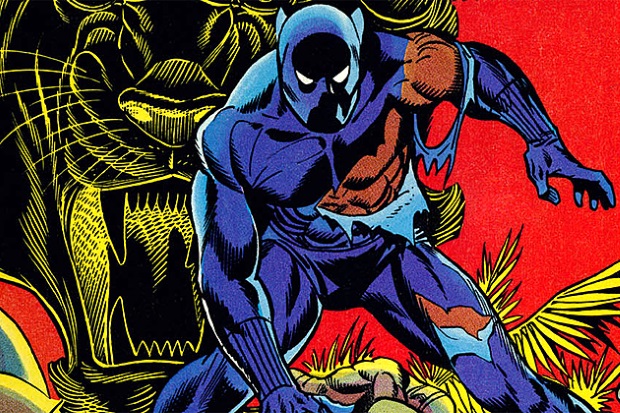
Terry Hayes, who penned the screenplays for the second and third Mad Max films, was another creative that came close to Snipes’ project. Marvel’s editor in chief at the time was Tom DeFalco. In that same THR article, DeFalco fondly remembers Hayes’ “incredible pitch” for Black Panther.
Hayes’ film would apparently begin with a battle in Wakanda. It doesn’t sound like the Wakandan royal family would come out of the battle very well: the infant T’Challa would end up alone, in a Moses-style basket, floating away on a river. The film would then jump forward in time, showcasing an adult T’Challa who grew up without the luxuries of Wakanda. This adult T’Challa would be attacked in an elevator in an early action scene, which would kick off the modern day plot.
DeFalco’s reaction to Hayes’ pitch went like this:”[I thought], ‘If this is our Black Panther movie, sign me up!’ [Hayes] really had a terrific handle on the character, on the action, on the stakes and everything else.”
To be fair, it does sound like an exciting first act. It’s unclear where the plot would have gone from there, but it’s easy to imagine some cool 1990s action scenes taking place as T’Challa fought his way back to his rightful place on the throne. I’d watch that!
The costume
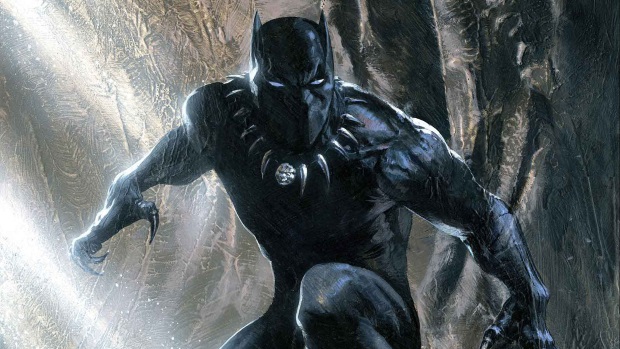
Without the benefits of 21st century CGI and the Disney-level deep pockets of modern day Marvel Studios, Snipes’ Black Panther film would have looked very different to the Black Panther of 2018. For one thing, Snipes wouldn’t have had the luxury of a snazzy computer-assisted costume like the one that Chadwick Boseman gets to wear.
“Actually, I figured it would be a leotard,” Snipes told THR, which gives you an idea of just how different a 1990s Black Panther would look. Continuing his description of the potential costume he would have worn, Snipes used the following cheesy-sounding worlds: “A leotard with maybe some little cat ears on it.”
“I would have to be in shape and just be straight bodied up”, Snipes added. “I never imagined anything more than a leotard at the time, which I didn’t have a problem with because I started out as a dancer.”
Donning a leotard might not have been a problem for the fit-as-a-fiddle Mr Snipes, but it could potentially have been a problem for viewers. Is anyone else imagining something really naff, like a grown man in a kids Halloween costume?
What happened?
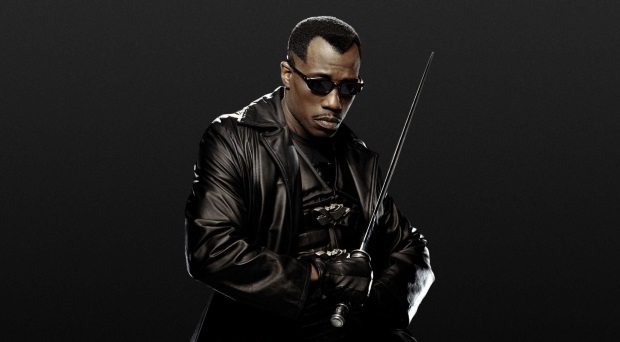
“Ultimately, we couldn’t find the right combination of script and director and, also at the time, we were so far ahead of the game in the thinking, the technology wasn’t there to do what they had already created in the comic book,” Snipes told THR, explaining the reasons as to why this movie never got made. A lot big ideas were thrown around, but the pieces never quite slotted into place.
Snipes went on to star in a trilogy of Blade movies for Marvel, instead of Black Panther. The Blade films proved that Marvel movies could make money, banishing memories of Howard The Duck and paving the way for a whole new generation of cinematic superheroes.
If it weren’t for Blade’s success, perhaps Fox wouldn’t have wanted to invest in an X-Men franchise, and maybe Sony wouldn’t have wanted the Spider-Man rights. The whole landscape of superhero movies might’ve been different, if it weren’t for Snipes and Marvel teaming up.
Speaking of his transition from the Black Panther project onto Blade, Snipes told THR, “It was a natural progression and a readjustment […] They both [Black Panther and Blade] had nobility. They both were fighters. So I thought, hey, we can’t do the King of Wakanda and the Vibranium and the hidden kingdom in Africa, let’s do a black vampire”. You can’t fault his logic there.
And now…
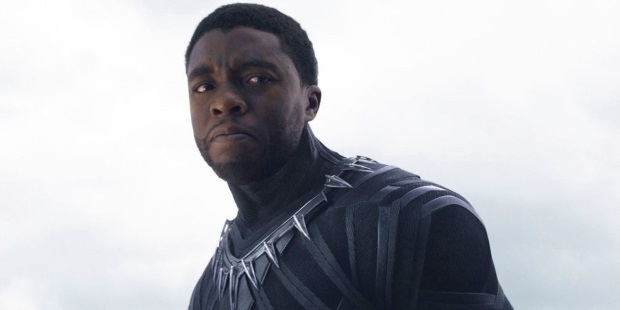
Now that we’ve seen Ryan Coogler’s Black Panther movie, it’s even more interesting to look back on Snipes’ doomed Black Panther project from 25-odd years ago. Although it doesn’t feature any leotards or elevator fights, Coogler’s Boseman-starring picture does share some DNA with the project that Snipes laboured over in the nineties.
Coogler, like Snipes, chose to stick with the highly advanced Wakanda from the comics. And thanks to the dawn of CGI technology, Coogler managed to convey this Afrofuturist nation hugely realistically, in a way that Snipes could only have dreamed of back in the day.
Terry Hayes’ Black Panther pitch from the 1990s featured a young Wakandan that grew up outside of his home nation. Coogler’s modern day story, which he penned with Joe Robert Cole, featured a very similar concept, albeit with Michael B. Jordan’s Killmonger playing the orphan role instead of T’Challa. In both versions of the film, it sounds like T’Challa would have to fight his way back onto the Wakandan throne.
Also, John Singleton wanted to incorporate the real-life Black Panther Party into the 1990s Black Panther movie. Coogler and company found a subtle way to do this in the 2018 version of the film, positioning Killmonger’s tragic childhood in Oakland, the very same area that acted as the birthplace of the Black Panther civil rights movement.
Although we never got to witness Snipes in the role of T’Challa, we have now seen a lot of the ideas that he spoke about on the screen, thanks to Coogler, Boseman and Marvel Studios. Here’s hoping for some leotard action in Black Panther 2…

